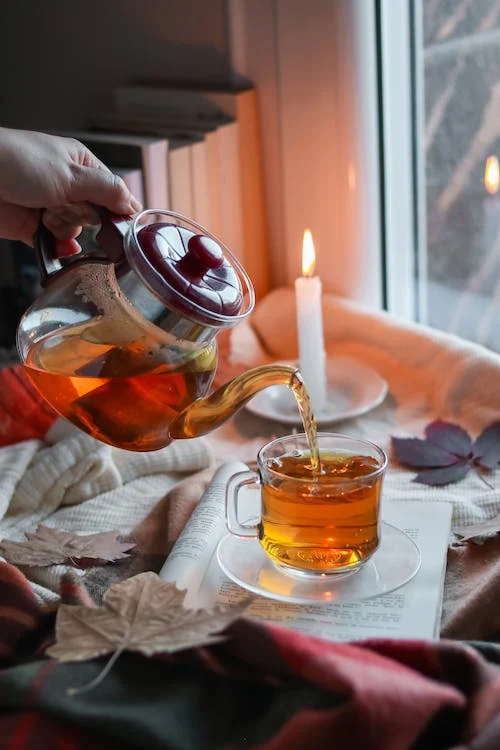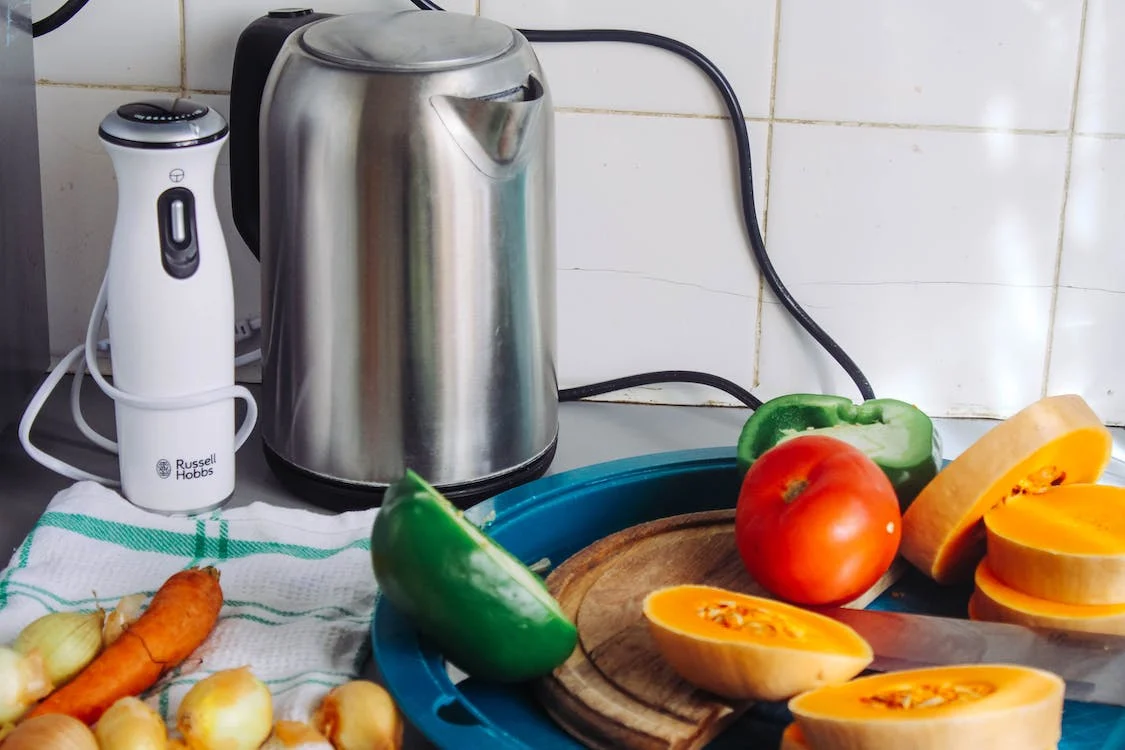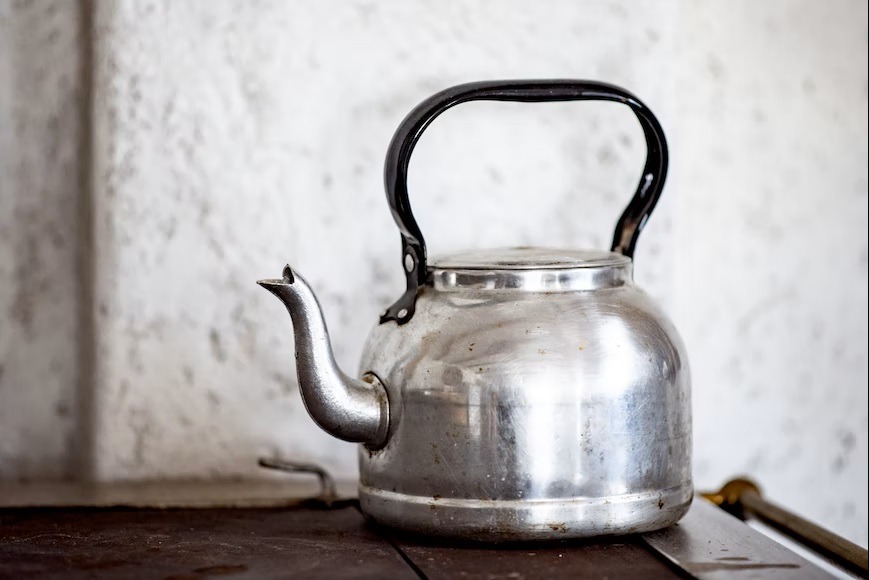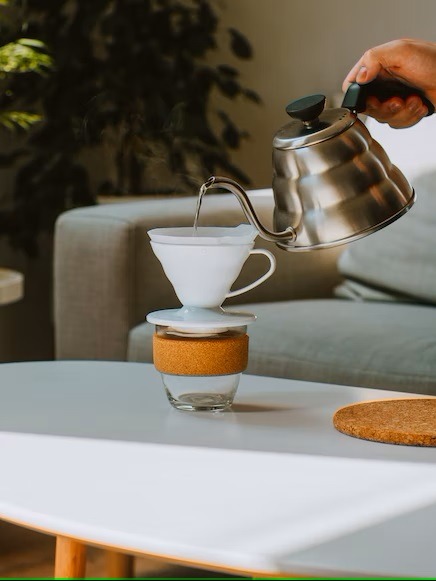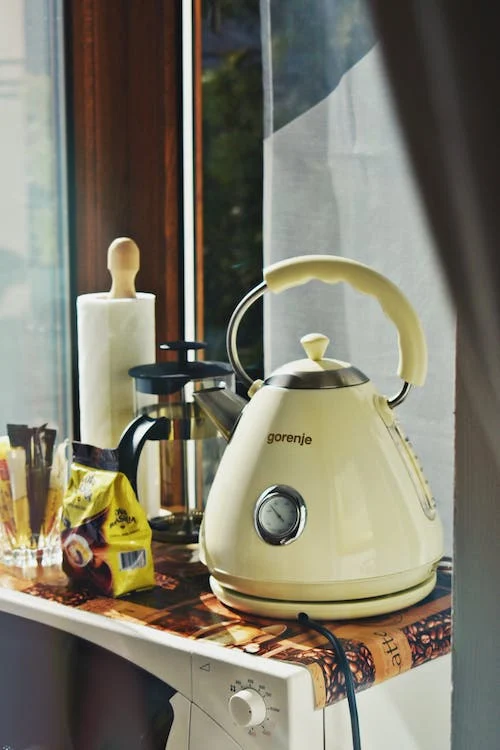A tea kettle, sometimes known as a kettle, is a specific kind of pot used for boiling water. It typically has a lid, spout, and handle, although it can also be a compact, electric kitchen device with a similar form and purpose.
In the appliance variants, kettles include an integrated electric heating element that may be used to heat them or by setting them on a stove. The kettle was and is frequently used as tea ware to boil tea or make a tisane, as suggested by its name. Some extremely contemporary variations create the tea and maintain its warmth in addition to just boiling the water.
Types of Tea Kettles
Tea kettles come in different varieties: electric, stovetop, gooseneck, whistling, and automatic. In addition, tea kettles are available in a wide range of materials and styles. You may easily discover a tea kettle with features and dimensions that suit your needs, in a variation of materials.
- Electric Tea Kettles
It is a kettle that plugs in and has a built-in heating element that warms water more quickly than most conventional stovetop kettles.
Some versions have a “stay warm” option that enables them to keep the water warmer for a second cup for a longer period. When the water hits the boiling temperature, other electric tea kettles automatically shut off. Additionally, some kettles give additional control over water temperature and have various temperature settings.
Modern and easy ways to boil water for your hot beverages include electric tea kettles. An electric tea kettle may be used anywhere there is a power outlet, so it is portable and a wonderful alternative for boiling hot beverages in a home coffee shop or even at the office.
- Stovetop Tea Kettles
Stovetop tea kettles, unlike electric tea kettles, are cooked directly on a cooktop burner, however, some may also be heated over an open flame. Stovetop tea kettles often require more time to heat up than electric tea kettles. Before the water boils, a full stovetop kettle may rest on a flame for up to 10 to 20 minutes. Stovetop tea kettles have been used for decades, and many people, the relaxing whistling and brewing sounds are an essential part of the ritual of drinking tea.
- Gooseneck Tea Kettles
The gooseneck kettle, which comes in stovetop and electric varieties, maybe a valuable appliance in your kitchen arsenal if you prefer pour-over coffee. You have more control over the water flowing with this extended, thin spout, which gets its name from the goose neck that it resembles. It also makes a balanced, flavorful beverage. These kettles are great for pour-over coffee, but they also function well with other liquids.
- Whistling Kettles
When the water in the kettle begins to boil, a gadget attached to the kettle causes it to whistle audibly. Steam moving through the apparatus induces vibration, which in turn produces the sound or tone hole as it is known in physics.
- Automatic Tea Kettles
These tea kettles are among the most recent models. They are cutting-edge kitchen equipment designed to make tea brewing simple for everyone. They are designed to intelligently brew many types of tea with little assistance from the user.
Once turned on, the automated tea kettle heats the water to the precise temperature needed to prepare a particular type of tea, adds the tea, and steeps it for a specified period. When the tea is prepared, they often beep to let the user know when it is ready and to keep the tea at the proper temperature.
What Types of Materials do Tea Kettles Come in?
Tea kettles are available in a variety of materials, including stainless steel, ceramic, glass, copper, and aluminum for the different tea kettle varieties. Heavy-quality cast iron tea kettles are also offered for stovetop use. The choice between these various materials ultimately boils down to personal preference and the amount of money you want to spend.
Aluminum tea kettles often weigh less and heat more quicker. Although they are frequently more inexpensive, they could be more prone to denting since they are not nearly as sturdy as some of the other materials offered. On a kitchen stove, copper may make a lovely, timeless statement, but expect to pay a little extra for one of these striking kettles. Ceramic tea kettles frequently have a stainless-steel liner and come in a variety of colors so you may add some style to your brewing. Additionally, cast iron tea kettles heat water rapidly and tend to keep it warm for a longer period.
- Stainless Steel – This common option is often lightweight, strong, and rust-resistant, and it may provide your kitchen with a polished, sleek appearance.
- Ceramic – These kettles, which come in a variety of hues, offer the ideal chance to express your unique sense of style.
- Glass – These kettles, which are available in dishwasher-safe models, give your kitchen a classy appearance. The brewer may also see the water boil thanks to the clear view.
- Cast Iron – These kettles are very long-lasting and durable. Some purists think that the aftertaste iron may leave in some beverages makes them taste better. This is a fantastic alternative for heating evenly and maintaining heat, but if it is not cleaned and maintained correctly, it may rust.
- Copper – These kettles have a lovely appearance on a stovetop and are efficient at heating evenly. To prevent tarnishing, be ready to clean frequently, and remember that they can need a little additional care to prevent denting.
- Aluminum – This option can heat up rapidly and has high stain and scratch resistance. These kettles might be more prone to dents and are lighter than other alternatives.
Conclusion
It is essential to have a tea kettle in your kitchen. Kettles come in a wide range of varieties. With such convenient equipment around, you can make yourself a cup of tea, water, etc., that can be boiled in no time. We hope that this article was helpful and that you can utilize your tea kettle to its full potential.

